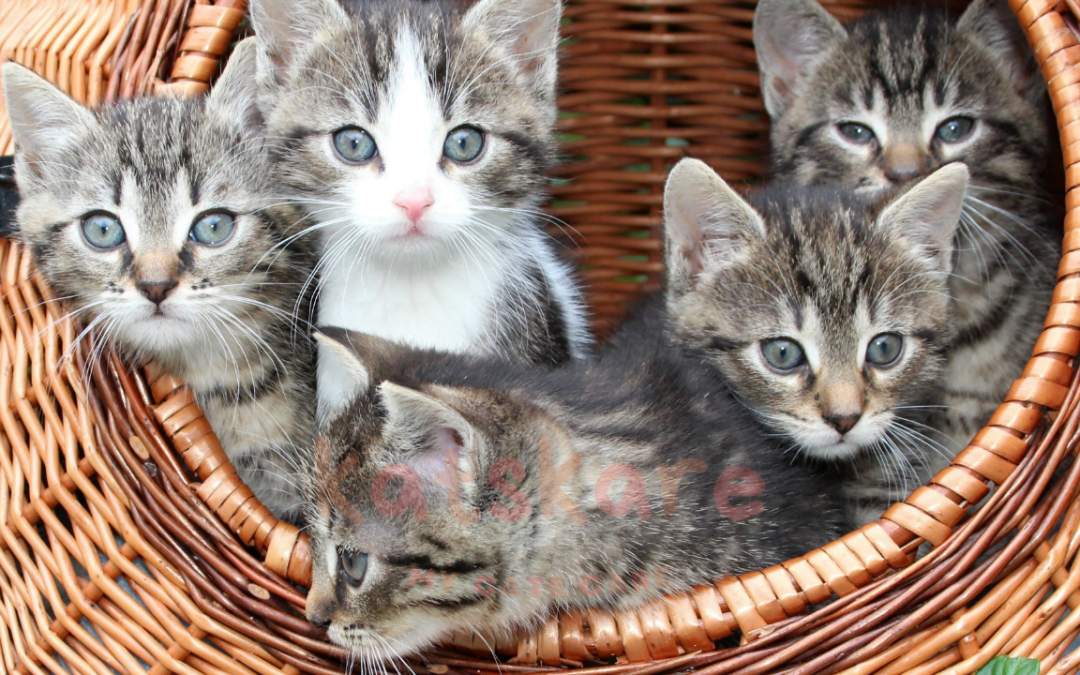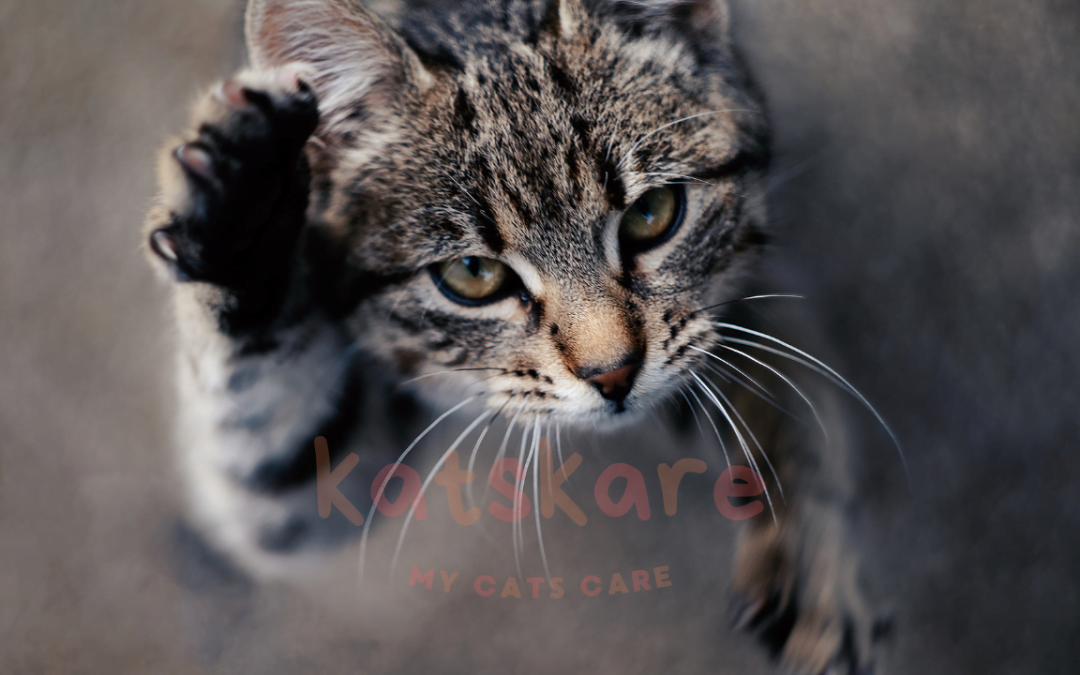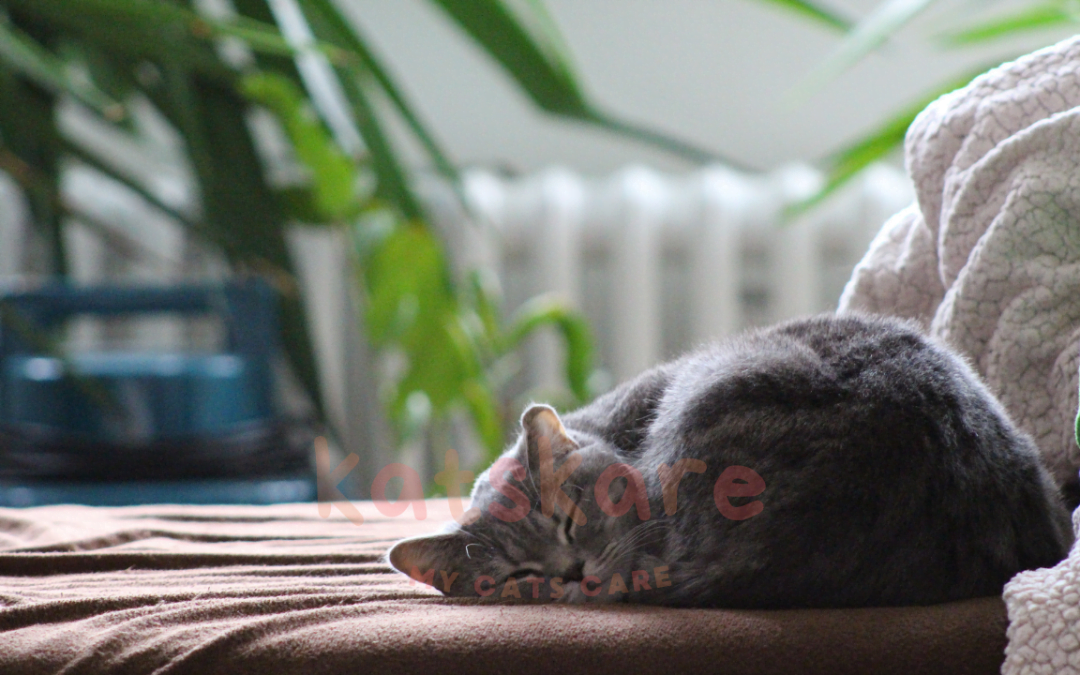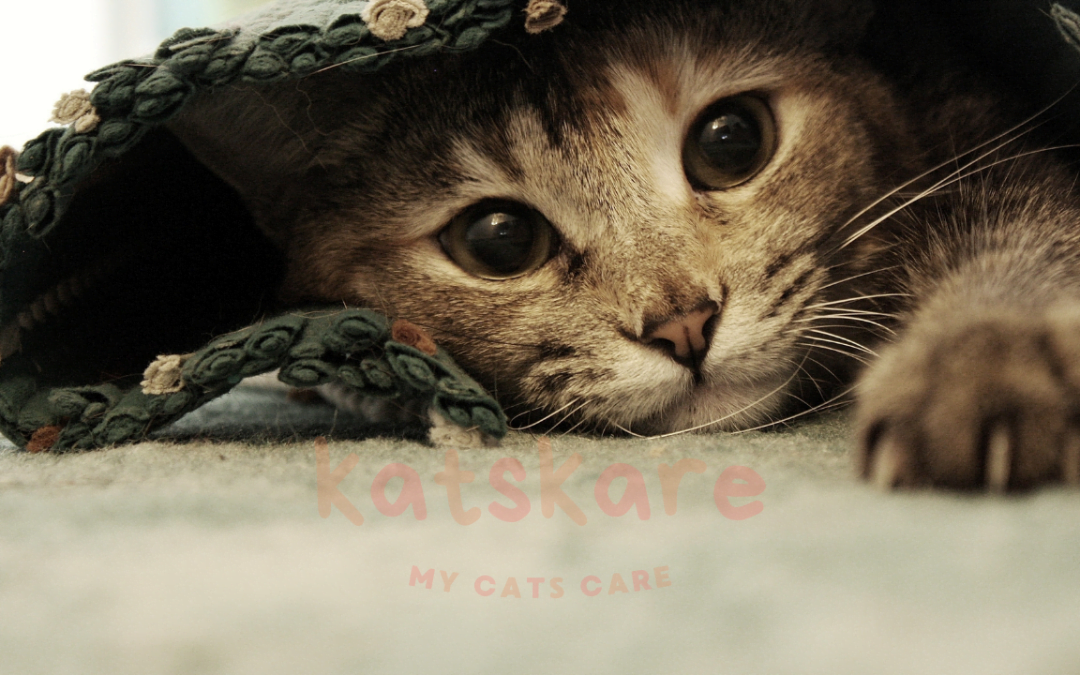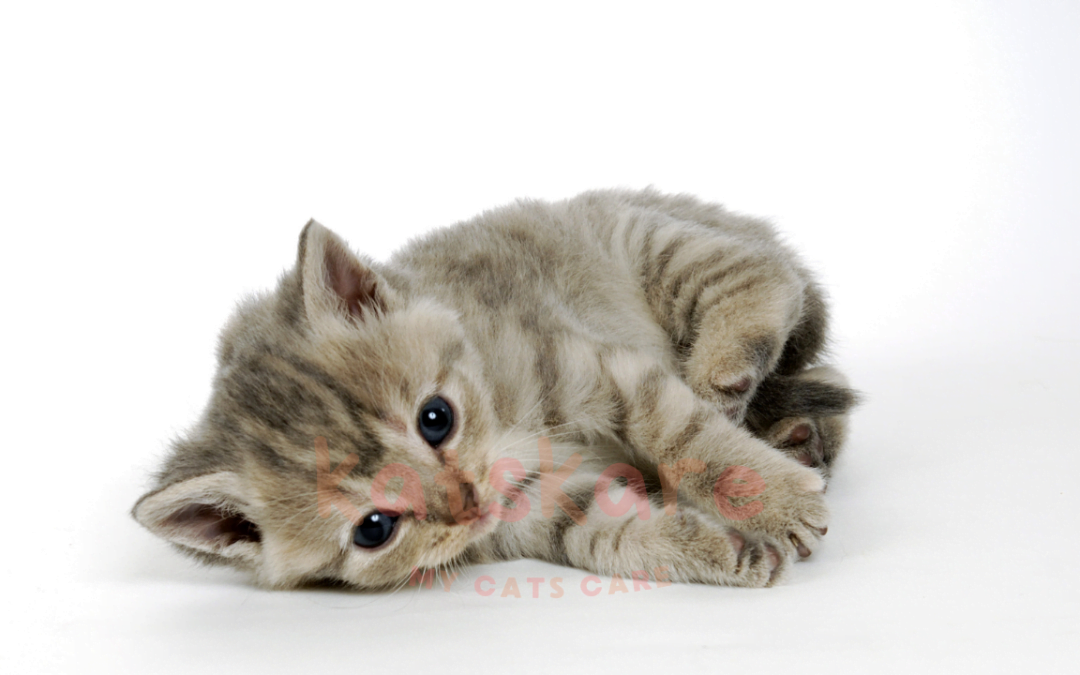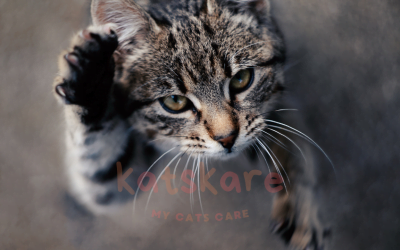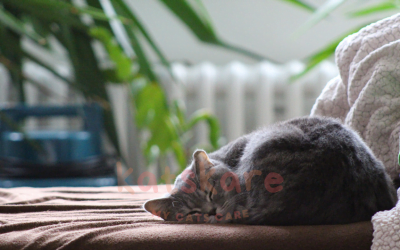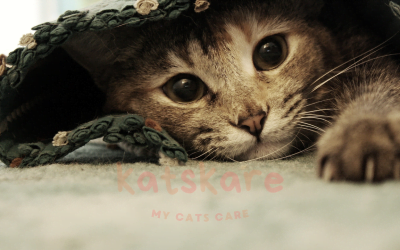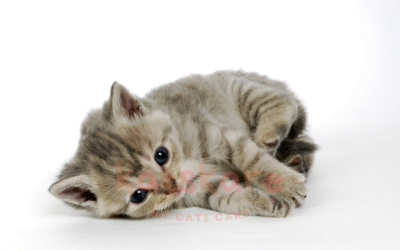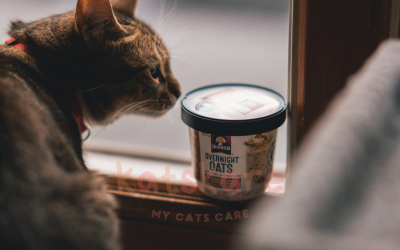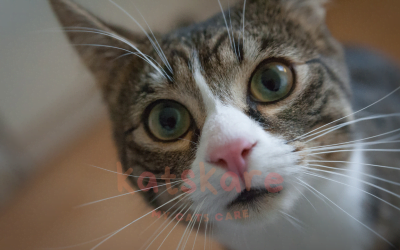How to Care for Your Cat: A Comprehensive Guide
How to Care for Your Cat: A Comprehensive Guide
1. Feed your Cat Properly:
Cats should be fed twice daily with high-quality cat food and a small amount of treats. Make sure your cat always has access to fresh, clean drinking water.
2. Groom Your Cat:
Regularly groom your cat to keep its coat in good condition, and to prevent hairballs. Use a brush or comb, according to the length and texture of your cat’s hair.
3. Exercise Your Cat:
Make sure your cat gets daily exercise. If your cat is an indoor cat, provide fun toys, scratching posts and small spaces to climb in. If your cat is an outdoor cat, make sure it has a safe and secure outdoor area to explore.
4. Give Your Cat Attention:
Don’t forget to give your cat attention and affection, including regular petting and brushing.
5. Monitor Your Cat’s Health:
You should monitor your cat’s overall health, including body condition, behavior, and any changes in appetite or elimination. Take your cat to the veterinarian for an annual check-up and to keep it current on vaccines.
6. Properly Dispose of Waste:
Scoop litter boxes regularly and dispose of the waste in a sealed container outside your home.
7. Protect Your Cat from Dangers:
Supervise your cat at all times and make sure it cannot access potentially dangerous objects or items, such as power cords, string, and other small items. Use a flea preventative and make sure your cat is microchipped and up-to-date on vaccines.
Follow these tips and your cat can lead a happy and healthy life!

